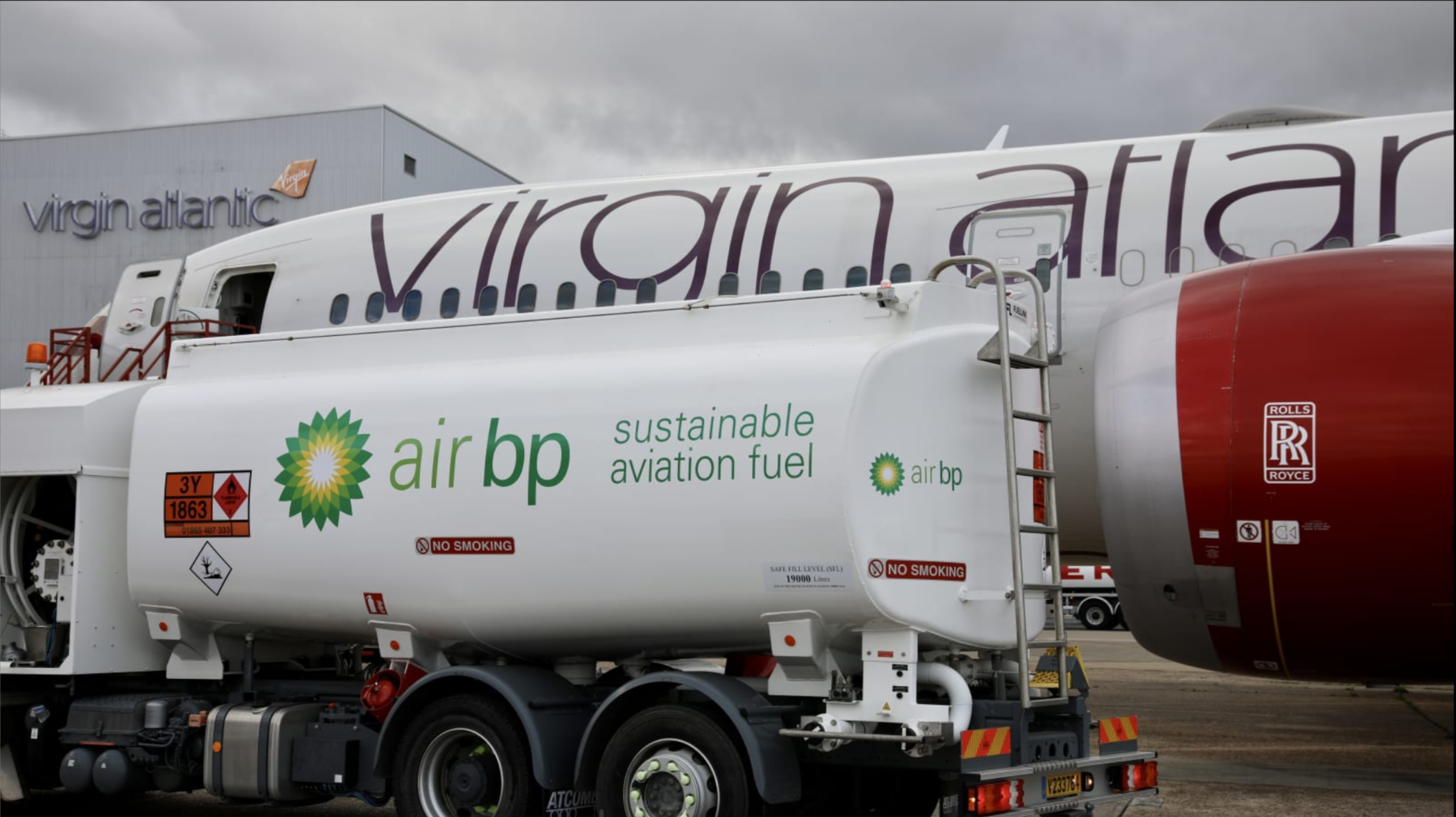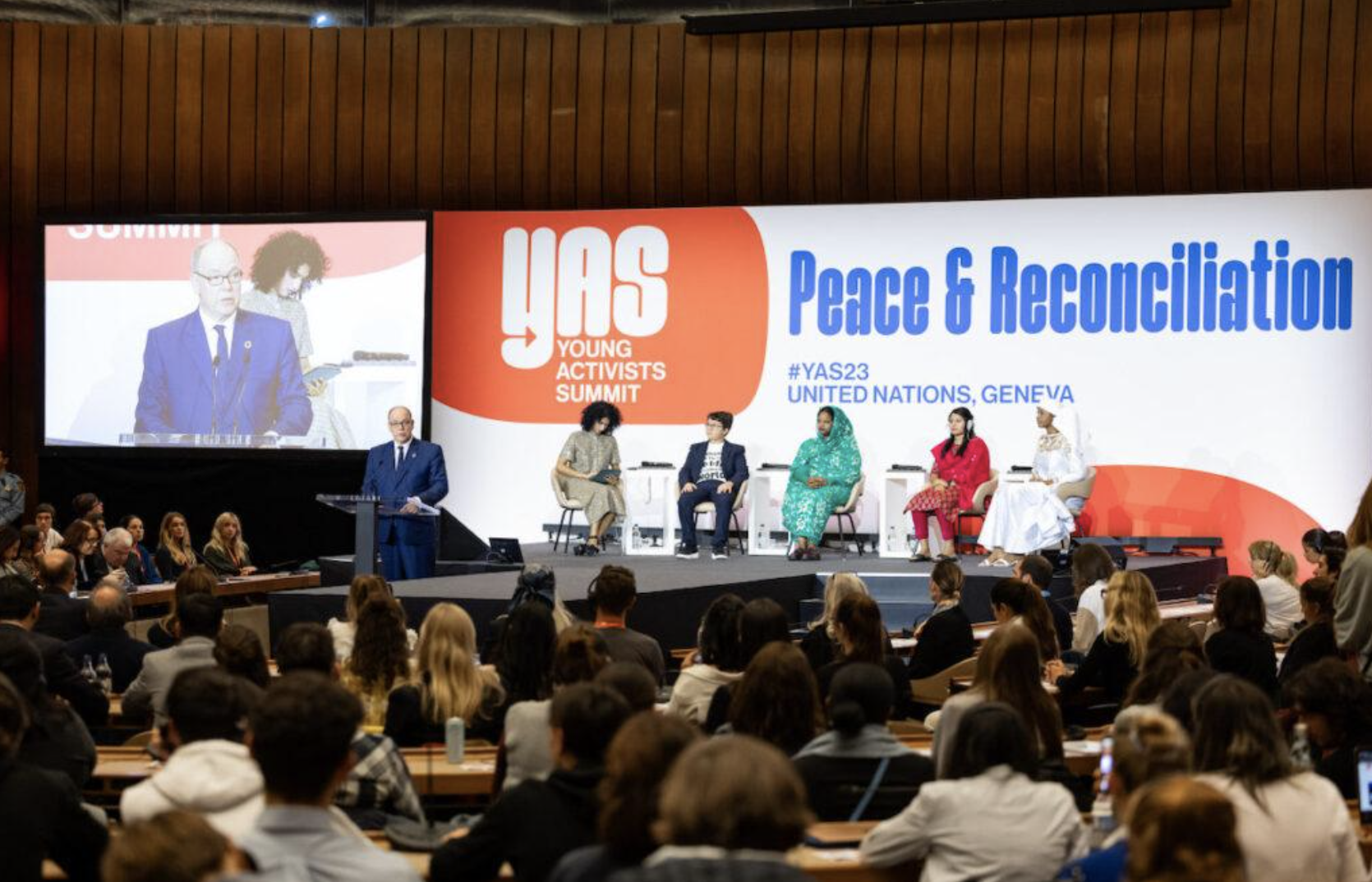By Aiden Forusz, Year 13.
Sustainable aviation fuel (SAF) is an alternative fuel derived from non-petroleum materials, designed to reduce emissions from air transportation. SAF emits up to 80% less CO2 than regular jet fuel, positioning it as a much more sustainable solution. In practice, SAF is mixed with regular jet fuels, with blends ranging from 10% to 50% SAF.
Despite enthusiasm over SAF in the aviation and sustainability industries, I believe that it isn’t as ‘sustainable’ as people claim due to its limited usage, high costs, and more.
To start, SAF is usually much more expensive than regular jet fuel, costing around 3-5 times more. Considering that fuel makes up about 20-40% of an airline’s operating costs, using SAF would significantly increase the costs of flying for airlines, with these costs being carried on to you, the consumer. This would make flying much less accessible for the average person, particularly on long-haul flights where the fuel costs represent a more significant part of the total costs, potentially increasing income inequality.
Moreover, according to the IATA, the production capacity of SAF in 2024 will not exceed 1.5 million metric tons—barely 0.5% of our total jet fuel needs. This makes it clear that even if the costs could be disregarded, there’s barely enough to even make a dent in the industry’s carbon emissions. Therefore, as it is today, the overall impact of SAF remains minimal, while the costs are high compared to the scale of the aviation industry.
We must also consider that SAF is used at a typical blend of 10% to a maximum of 50% on commercial routes. The lowest blend option would only reduce emissions by 8% while increasing fuel costs by 20-50%, while the highest blend would reduce emissions by about 40% but would increase fuel costs by 200-300%, which is a significant expense. Furthermore, SAF still emits some carbon, so it can’t be seen as a fully “green” alternative to jet fuel, and cautions must still be taken.
Despite SAF accounting for only about 0.2% of global fuel use, airlines such as American, British, United, and many others have SAF make up less than 1% of their total fuel usage, yet they continue to spread a misleading image of sustainability, causing more harm than good for the public. Therefore, given its limited availability, extremely high costs, and the false perceptions it proves, it’s clear that until large developments can be made in the field, SAF is simply not a sustainable solution.
Nevertheless, this curtain of sustainability draped over SAF covers up the deeper issue, not only in the aviation industry, but globally: our overreliance on fossil fuels. Instead, truly sustainable alternatives should be sought out, like the use of high speed rail networks or the development of electric aircraft, which would bring widespread and meaningful reductions to carbon emissions in the transport industry.
In conclusion, I am not stating that SAF is detrimental to the environment: it certainly is a much greener alternative to regular jet fuel. The issue, however, is that at the moment it isn’t a long term or scalable solution. With groups lobbying for regular jet fuel to remain dominant, and the SAF industry being an oligopoly limited to few suppliers, its price will remain high and its use restricted. Due to this, rather than relying on SAF as a superficial means to appear sustainable, efforts should be directed towards more innovative and truly sustainable long-term solutions.



